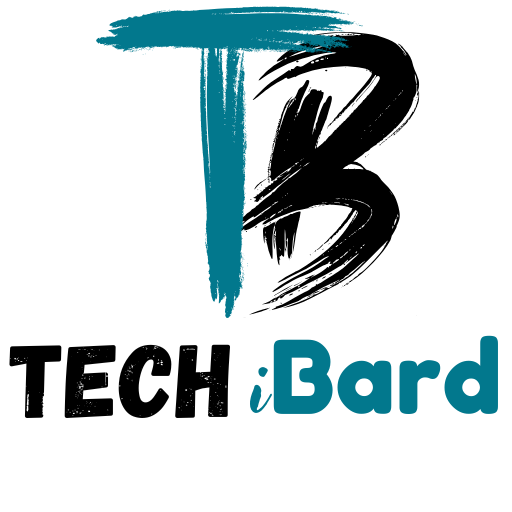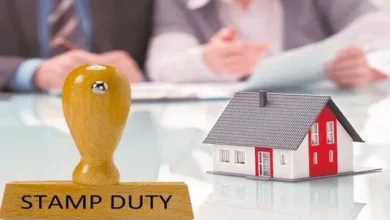Can You Avoid SDLT on Uninhabitable Property? What Buyers in 2025 Need to Know

For anyone buying a property in England or Northern Ireland, Stamp Duty Land Tax (SDLT) is one of those costs that can quietly drain your budget, often to the tune of thousands of pounds. But what if the property you’re buying is so run-down that no one could live in it? Can you legally avoid paying the usual stamp duty rates?
It’s a question that more buyers are asking in 2025, as house prices remain stubbornly high and renovators seek bargains in dilapidated homes. The answer is: yes, you can avoid paying full SDLT on uninhabitable property—but only in very specific cases. And as recent tribunal rulings have shown, HMRC is keeping a close eye on those who try to bend the rules.
Table of contents
What is SDLT?
Stamp Duty Land Tax is what you pay to HMRC when you buy property or land over a certain price. As of July 2025, the thresholds are:
- £250,000 for residential property
- £150,000 for non-residential or mixed-use property
For second homes or buy-to-lets, you’ll pay an additional 3% on top of the usual rate. The more expensive the property, the more SDLT you’ll owe. A £500,000 home, for example, attracts around £12,500 in standard SDLT—and much more if it’s a second home.
But here’s the twist: if a property is classed as “non-residential” at the time of purchase, different (and often lower) rates apply. And if it’s truly uninhabitable, it may even fall outside the definition of “residential” entirely.
What counts as uninhabitable?
This is where things get tricky. According to HMRC, a property is residential if it’s “suitable for use as a dwelling” at the time of the transaction. So the key question is: Could someone reasonably live in the property without significant repairs?
We’re not talking about old kitchens or ugly carpets. To be uninhabitable, the property must lack basic living requirements. That means:
- No working kitchen or bathroom
- Unsafe wiring or structural damage
- Asbestos contamination
- Severe damp or mould
- No functioning plumbing or heating
Properties with holes in the roof, exposed electrics, or collapsed floors have all been deemed unfit for human habitation in recent tax tribunals. If a property meets this threshold, buyers may be able to claim it’s non-residential for SDLT purposes—and pay far less tax.
Recent cases show HMRC isn’t messing around
Several First-Tier Tribunal rulings in the last two years have clarified the rules. In one case, Higgins v HMRC (2023), the buyer successfully argued that the house was uninhabitable due to the absence of plumbing and severe dampness. As a result, they were allowed to pay non-residential SDLT rates, saving over £7,000.
But HMRC doesn’t give up easily. In Riverside Properties Ltd v HMRC (2024), a buyer claimed the flat was uninhabitable because it lacked hot water and had a faulty boiler. The tribunal disagreed, saying the flat was still “suitable for use as a dwelling” because the issues could be fixed quickly. The buyer had to cough up full SDLT plus penalties for misfiling.
So what’s the takeaway? You’ll need solid evidence to prove the property was uninhabitable at the time of purchase. That means:
- A professional surveyor’s report documenting the damage
- Clear photographs showing the condition on completion day
- Contractor quotes or local authority notices (where applicable)
The more independent and time-stamped your documentation, the stronger your case.
What does the SDLT saving look like?
Here’s a quick example. Say you’re buying a property for £400,000:
- Residential SDLT: £7,500
- Non-residential SDLT: £4,500
- Potential saving: £3,000
And if it’s a second home, the savings could be even greater, since you’d avoid the 3% surcharge on top of the residential rate.
Keep in mind that non-residential rates also apply to mixed-use properties, such as shops with flats above or land with outbuildings, which is another route some buyers explore.
Don’t try to game the system
It’s tempting to stretch the truth about a property’s condition to save on stamp duty on uninhabitable property. But doing so without good evidence is risky. If HMRC audits your transaction and finds the claim unsupported, you could face:
- Backdated SDLT
- Interest
- Penalties of up to 100% of the underpaid tax
Given HMRC’s growing use of AI tools to flag questionable SDLT returns, it’s wise to play it safe. If in doubt, get a tax adviser involved before submitting your return.
How to claim the lower rate
If you’re buying what you believe is an uninhabitable property, you should file your SDLT return using non-residential rates at the outset. Don’t wait and hope to claim a refund later, it’s better to be upfront and include supporting documents.
Some buyers choose to overpay SDLT first and then submit a reclaim within the 12-month window. This can work if you’re unsure about HMRC’s stance but want to avoid late payment penalties.
Either way, timing and documentation are everything.
Conclusion
In 2025, with housing costs still high and renovation projects growing in popularity, buying an uninhabitable property might seem like a savvy way to cut your SDLT bill. And in some cases, it absolutely is.
However, the rules are strict, and HMRC is vigilant. Unless you’ve got a genuine wreck on your hands—and the evidence to prove it—trying to dodge stamp duty could backfire badly.
If you’re unsure, speak to a solicitor or tax expert before making your move. Because when it comes to stamp duty on uninhabitable property, what you don’t know can cost you more than what you save.




